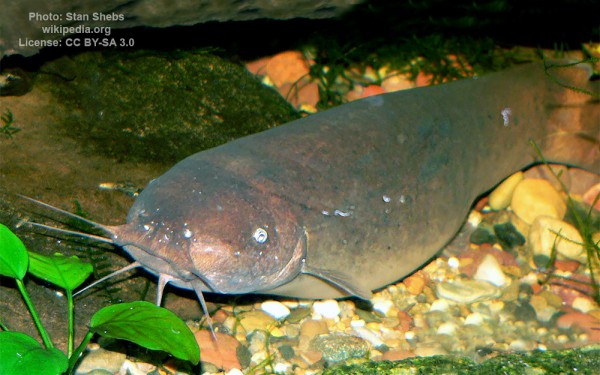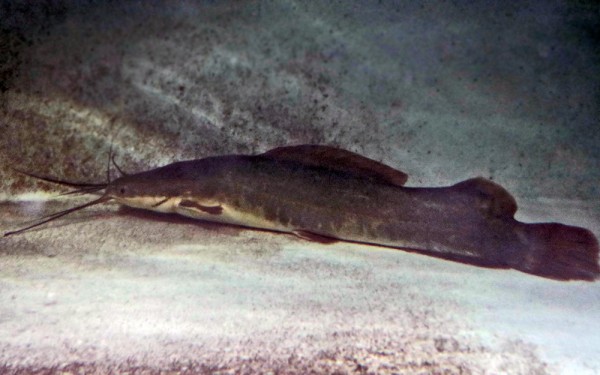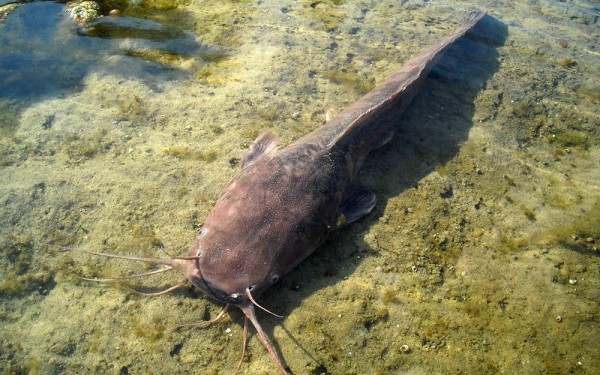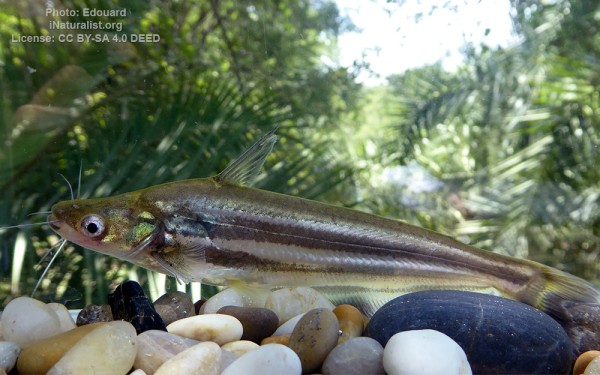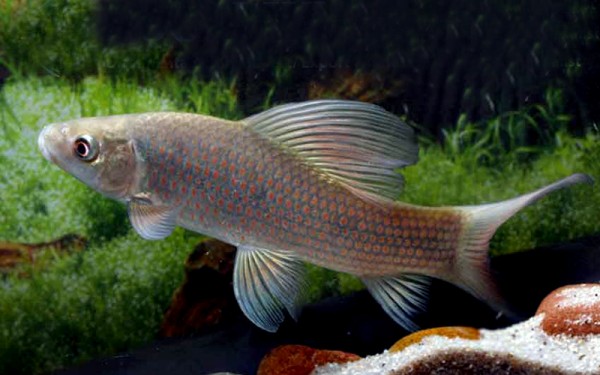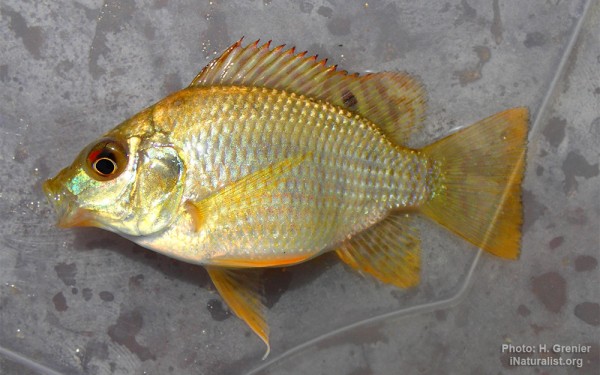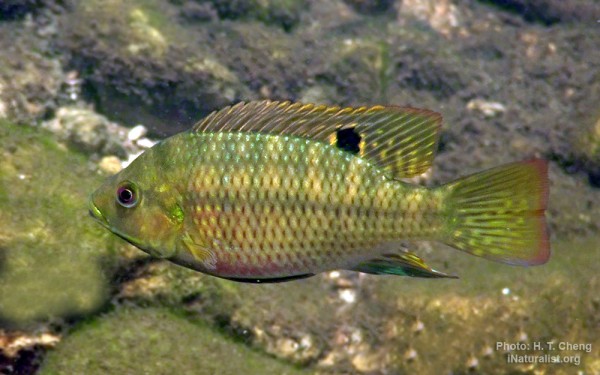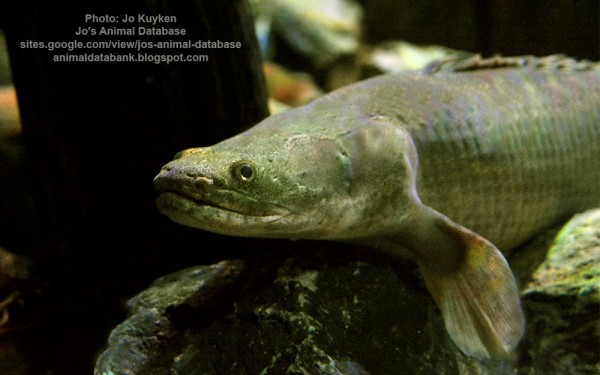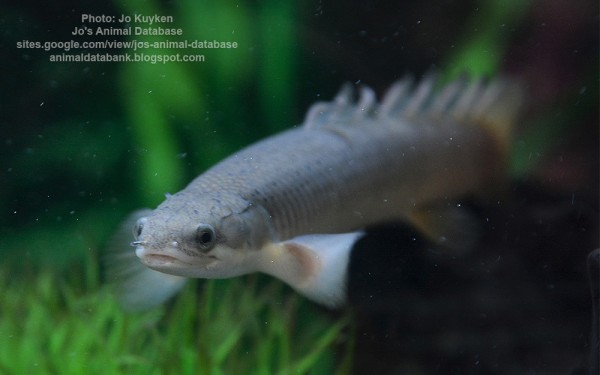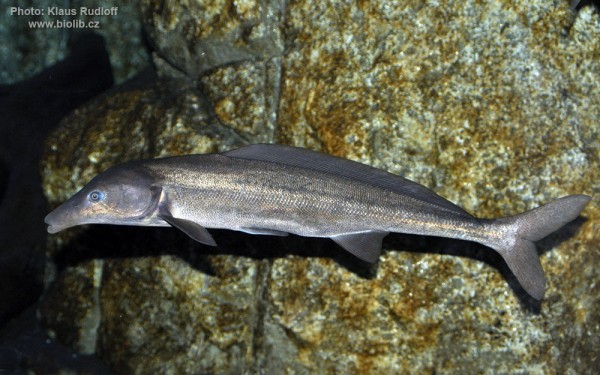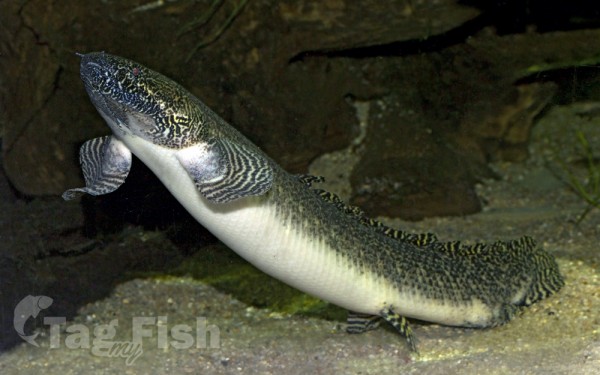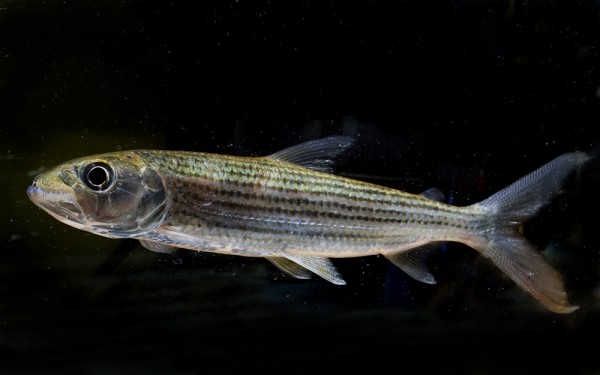Lake Chad

Perciformes - Perches
Siluriformes - Catfishes
Cypriniformes - Carps
Cichliformes - Cichlids
Polypteriformes - Bichirs
Osteoglossiformes - Bony tongues
Ceratodontiformes - Lungfishes
Characiformes - Characins
Perciformes - Perches
Siluriformes - Catfishes
Cypriniformes - Carps
Cichliformes - Cichlids
Polypteriformes - Bichirs
Osteoglossiformes - Bony tongues
Ceratodontiformes - Lungfishes
Characiformes - Characins
Perciformes - Perches
Siluriformes - Catfishes
Cypriniformes - Carps
Cichliformes - Cichlids
Polypteriformes - Bichirs
Osteoglossiformes - Bony tongues
Ceratodontiformes - Lungfishes
Characiformes - Characins
Lake Chad is a historically large, shallow, endorheic lake in Central Africa, which has varied in size over the centuries. According to the Global Resource Information Database of the United Nations Environment Programme, it shrank by as much as 95% from about 1963 to 1998. The lowest area was in 1986, at 279 km2 (108 sq mi), but the 2007 (satellite) image shows significant improvement over previous years.
Lake Chad is economically important, providing water to more than 30 million people living in the four countries surrounding it (Chad, Cameroon, Niger, and Nigeria) on the central part of the Sahel. It is the largest lake in the Chad Basin.
Geography and hydrology
The freshwater lake is located in the Sahelian zone of West-central Africa. It is located in the interior basin which used to be occupied by a much larger ancient sea sometimes called Mega Chad. The lake is historically ranked as one of the largest lakes in Africa. Its surface area varies by season as well as from year to year. Lake Chad is mainly in the far west of Chad, bordering on northeastern Nigeria.
The Chari River, fed by its tributary the Logone, provides over 90% of the lake’s water, with a small amount coming from the Yobe River in Nigeria/Niger. Despite high levels of evaporation, the lake is fresh water. Over half of the lake’s area is taken up by its many small islands (including the Bogomerom Archipelago), reedbeds and mud banks, and a belt of swampland across the middle divides the northern and southern halves. The shorelines are largely composed of marshes. The Lake Chad flooded savannas surround the lake, including permanently and seasonally-flooded grasslands, savannas, and woodlands.
Because Lake Chad is very shallow – only 10.5 metres (34 ft) at its deepest – its area is particularly sensitive to small changes in average depth, and consequently it also shows seasonal fluctuations in size. Lake Chad has the Bahr el-Ghazal outlet, but its waters percolate into the Soro and Bodélé depressions. The climate is dry most of the year, with moderate rainfall from June through September.
Fish
Lake Chad basin, shared between four countries, is an important ecosystem hosting the largest number of fish species in Chad. 120 to 140 fish species are identified in Lake Chad and its tributaries. The fishing production potential is estimated at 150,000 tonnes.The populations in the lake are steadily declining due to overfishing, pollution from industries, drought, damming, and blockage of the in-stream flowage.

